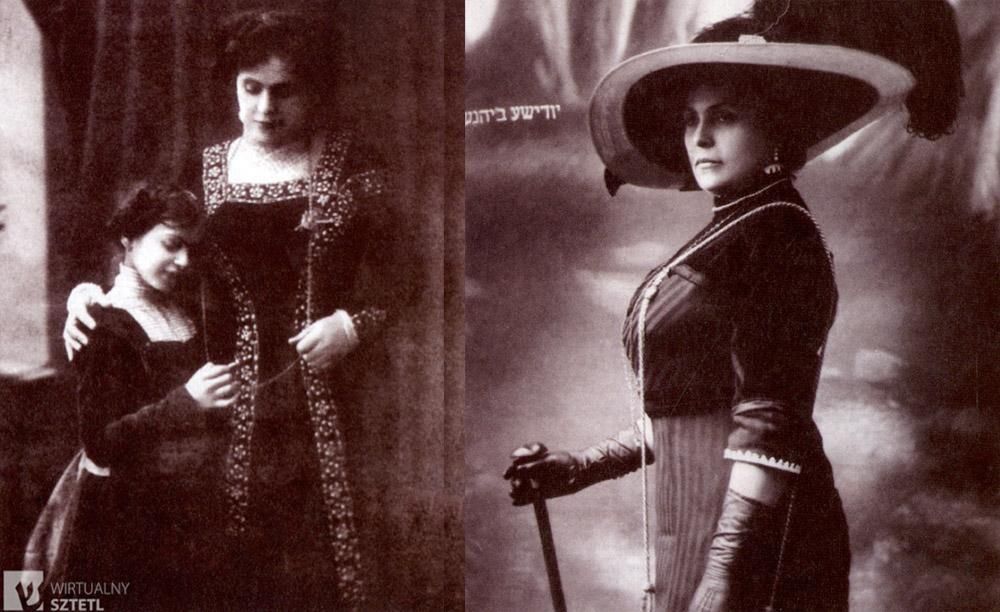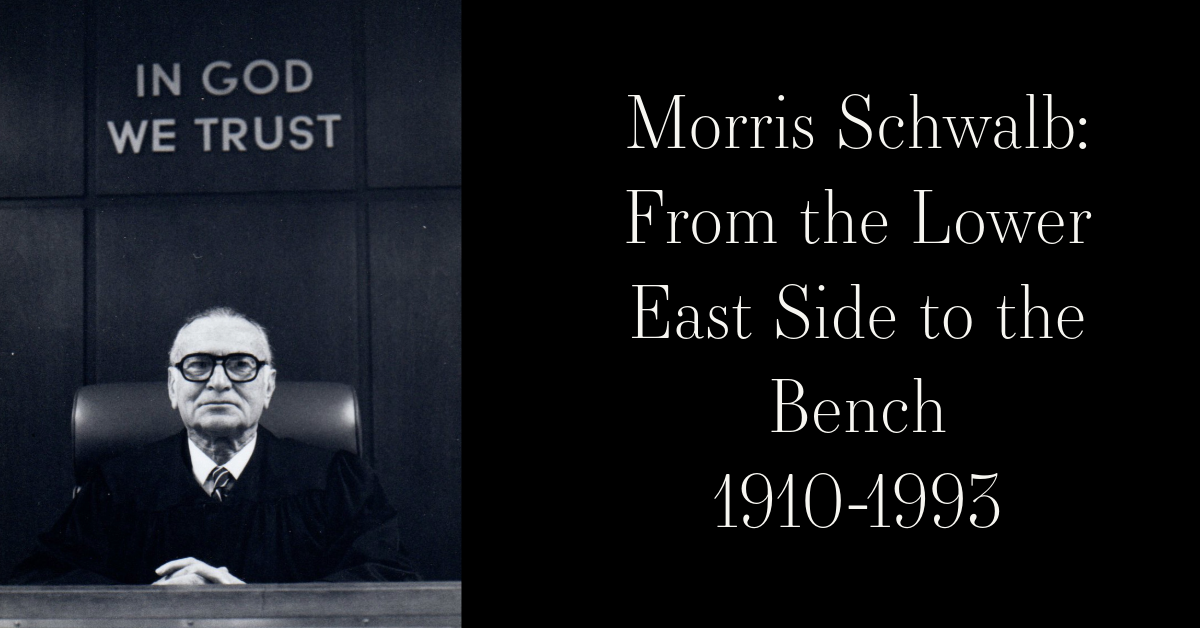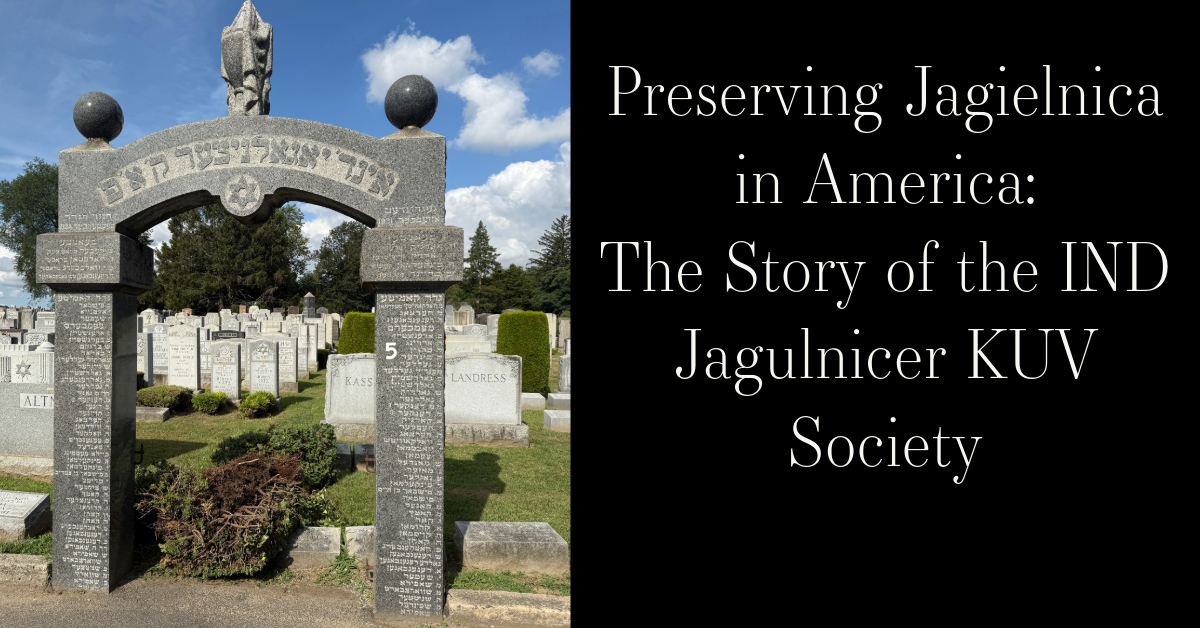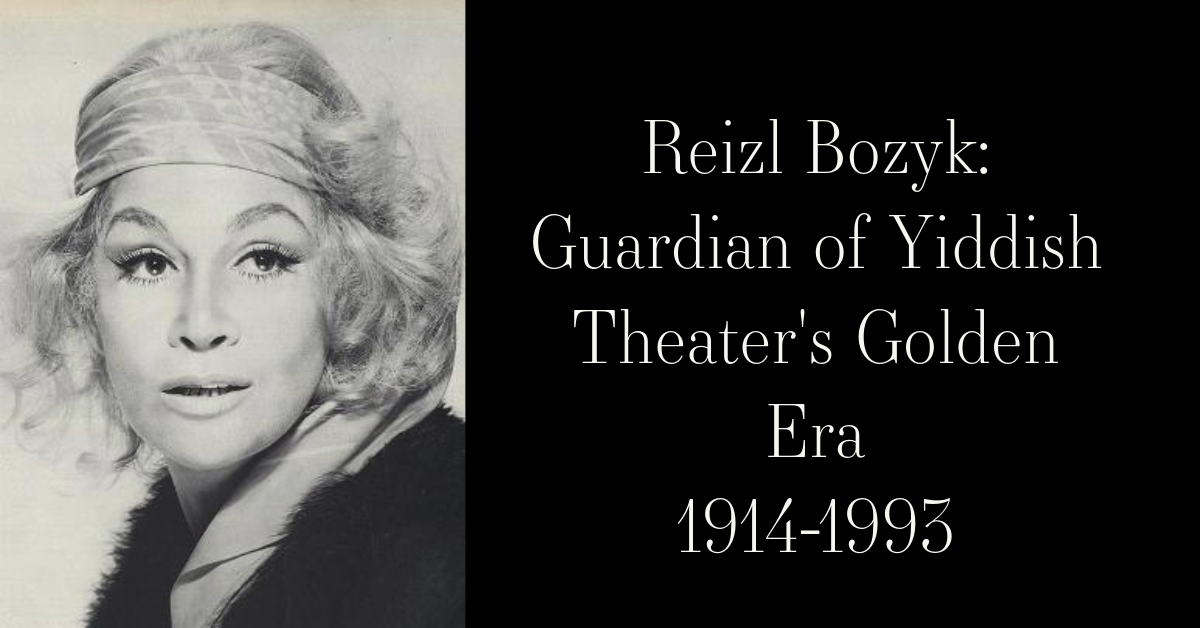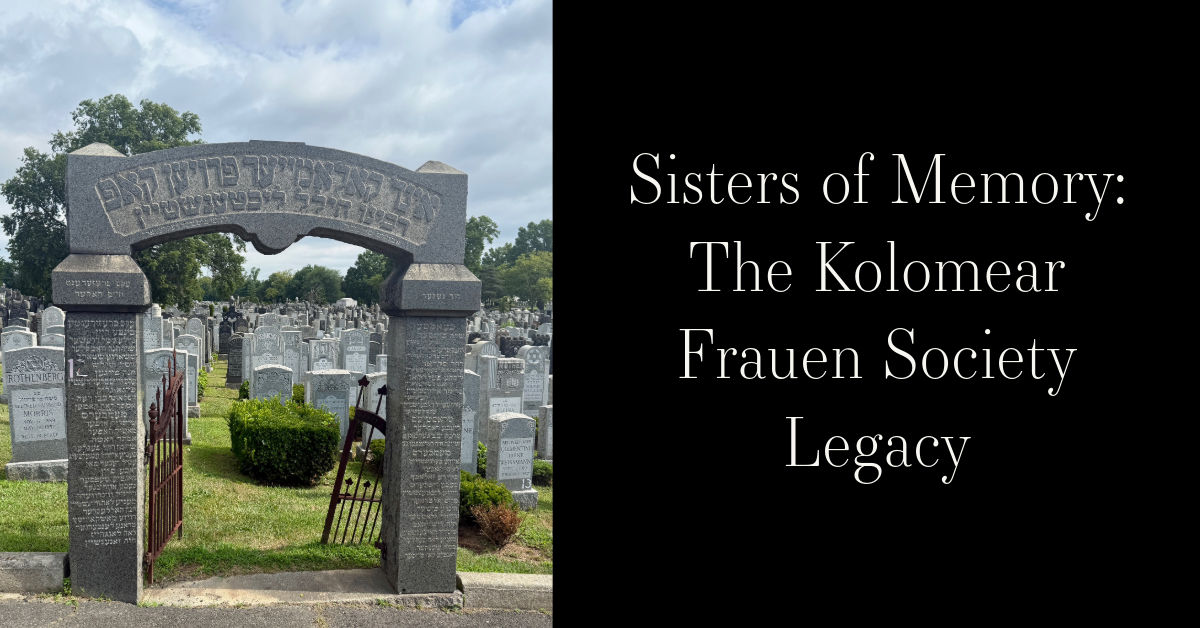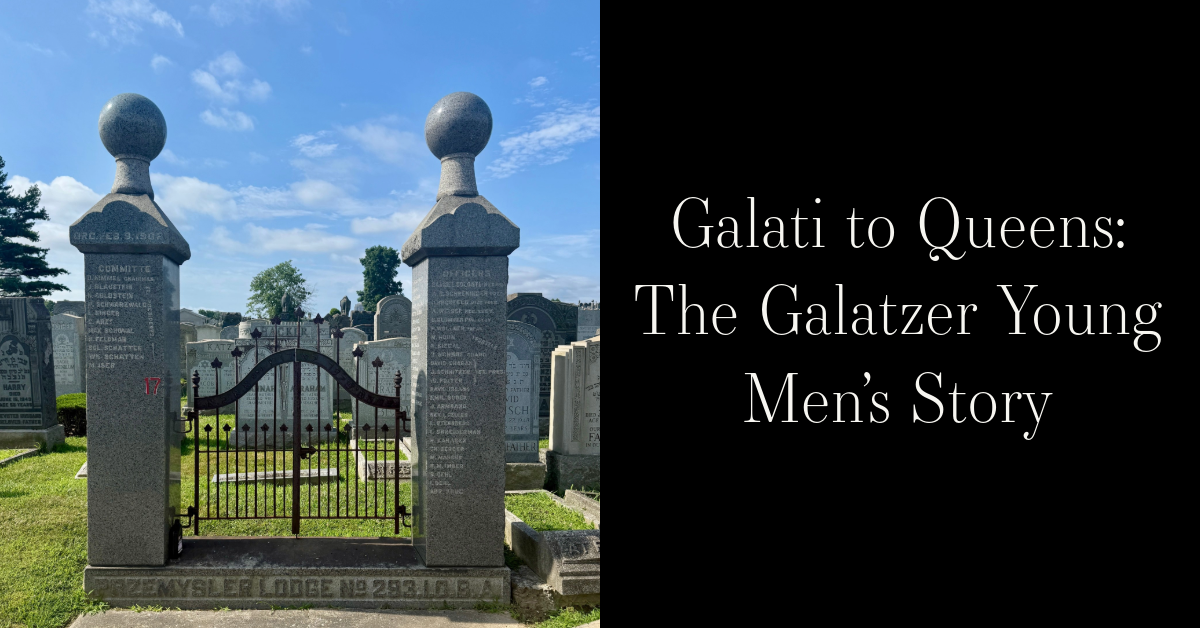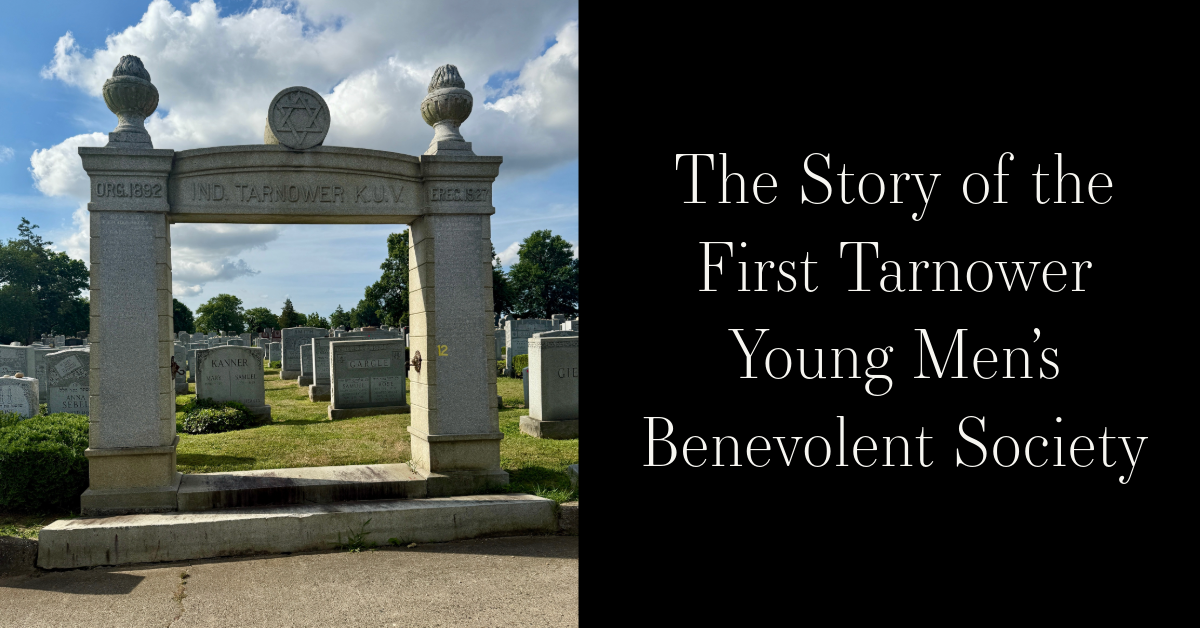Story Summary:
Ida Kaminska was born on September 18, 1899, in the Russian Empire in Odessa (modern-day Ukraine) to Ester-Rokhl Kaminska and Avrom-Yitskhok (Abraham Isaac) Kaminski . Her parents were both stage actors of considerable note, with her mother, called by Ida, "the Jewish Eleonora Duse" . Esther was a profound influence on her daughter. Esther began acting in 1888 in her husband's acting company and was well renowned for her performances in the plays of Jacob Gordin. Her impact on Abraham Isaac's company should be understated, in fact,Esther later purchased Abraham's theatre and continued to support his productions . In total, Abraham Isaac and Esther had 3 children, Ida, Regina Kaminska, also an actress, and Joseph Kaminska, a composer.
~Blog Written by Julian Christy
Ida Kaminska: In the Shadow of World War II
Ester Rachel Kamińska with her daughter, Ida
Ida Kaminska was born on September 18, 1899, in the Russian Empire in Odessa (modern-day Ukraine) to Ester-Rokhl Kaminska and Avrom-Yitskhok (Abraham Isaac) Kaminski[1]. Her parents were both stage actors of considerable note, with her mother, called by Ida, “the Jewish Eleonora Duse” [2]. Esther was a profound influence on her daughter. Esther began acting in 1888 in her husband’s acting company[3] and was well renowned for her performances in the plays of Jacob Gordin. Her impact on Abraham Isaac’s company should be understated, in fact, Esther later purchased Abraham’s theatre and continued to support his productions[4]. In total, Abraham Isaac and Esther had 3 children, Ida, Regina Kaminska, also an actress, and Joseph Kaminska, a composer.
Ida began her career on stage at the young age of 5, alongside her mother in a production of The Mother. During the first world war, Ida’s family toured together as an acting company in Ukraine. She appeared in 1916 at the age of 17 as a part of her father’s acting troupe[5]. The Kaminski Theatre in the Soviet Union was named after Ida’s father; Ida would go on to perform at the theatre many times. She would go on to marry Zygmunt Turkow, an actor and director who worked with her father’s acting troupe. They would have a daughter named Ruth in 1918. Ida and Zygmunt would go on tour with one another from 1919-1922 at the theatre named for her father, The Kaminski Theatre in the Soviet Union. Following this tour, the two moved to Warsaw, Poland where they would establish the Warsaw Jewish Art Theatre where Ida would serve as the main actress in their productions.
Ida and Zygmunt would eventually divorce in 1932, and that same year Ida would establish her own theatre[6], the Drama Theatre of Ida Kaminska. In 1936 Kaminska would marry the famed Yiddish director Marian Melman. The years after Ida married her second husband, she was forced to flee Poland due to the invasion of the Nazi forces. The family would end up in Lviv, Ukraine. Although they were able to escape the atrocities being committed by the Nazis, they were forced to endure life under the Soviet Union in occupied Ukraine. Here she was able to work as a part of state-sponsored theatrical acts[7]. The small reprieve that Ida and her family found in the USSR soon came to an end however when in August 1939, the Soviet Union and the Nazis signed the Molotov-Ribbentrop pact, an anti-aggression treaty that allowed the two powers to divide eastern Europe in two, the couple’s performances were deemed anti-Hitler and thus subversive. This subversion placed Ida and her family under Soviet Surveillance in Lviv. As a result of the ongoing war, she was evacuated along with her family to the Khirghiz Soviet Socialist Republic, modern-day Kyrgyzstan.
She and her family would eventually be brought back to Moscow. In 1946, Ida returned to Poland. She began working in Łódź and Breslau. In 1950 the theatres here were conjoined, nationalized, and renamed the Ester-Rokhl State Yiddish Theater[8], after Ida’s mother. Ida would direct here until 1968[9]. Ida’s work was well renowned in Poland, it was recognized as culturally significant, and the theatre received a subsidy from the Polish government in 1949. The theatre moved to Warsaw in 1955 and flourished. Ida’s work during the war years is especially significant because it is an example of flourishing Yiddish works of theatre amidst extremely dire circumstances.
Despite the hardships of the decade prior, the 1950s were filled with professional success for Kaminska. Ida received several State awards in Poland in recognition of her Theatrical productions and performances. Despite the growing success of the theatre and Ida’s recognition as one of the spearheads of Jewish arts in the postwar years, her family was also under massive stress. Her daughter Ruth Turkow had remained behind in the Soviet Union with her husband, jazz musician Adi Rosner. The two were prosecuted in the USSR for attempting to cross the Ukrainian border and subsequently sentenced, to 10 years in Siberia for Ruth Kaminska and 15 years in a gulag work camp for Adi. Ironically only a few years prior to the arrest, Adi had been in good standing with the Soviet state, even being appointed as leader of the Soviet State Jazz Orchestra. Prior to the nazi invasion of Poland, Adi had been a popular act on European radio, and his performances were often broadcast across the border in Russia. Until 1953, when Josef Stalin died and the two were pardoned, the Kaminska family was in strained contact with Ruth and Adi. And it was until 1956 that Ida’s daughter would be able to return to Poland.
The 1960s were a transformative period for Ida’s career, she began acting on camera in performances such as The Shop on Main Street (1967). Ida’s Oscar nomination for The Shop on Main Street was a massive breakthrough for her stardom. In the film, Ida plays a Jewish shop owner whose property is seized as a part of the nazi “Aryanization”, program. The success of Ida Kaminskas career was significant a significant part of the explosion of Yiddish theatre and Jewish culture at large, This era saw the success of so many Yiddish theatre actors as they were transitioning from the stage to onscreen performances.
Despite her success, again Antisemitism would drive Ida and her family from Poland. The “Anti-Zionist”, campaigns as they were called by their supporters, were Antisemitic purges of Poland’s Jewish population. Wladislaw Gomulka spoke out against what he called, A “fifth column’’ of Polish Jews. The speech spoke of acts of treason being committed, and in its aftermath, Wladislaws statements generated a huge wave of antisemitism. Survivors of the Holocaust and those who lived through the turmoil of World War II, like Ida, could see what was happening and its similarity to the rise of the Nazis. At the same time as this growing antisemitic threat, Ida’s theatre was experiencing financial problems.
Ida immigrated to New York in 1968 at 69 years old. Ida had expected to be able to create a theatre in New York. But she didn’t see much success before her death in 1980. as she said in her autobiography, “It is not the first time that I start my life from scratch, but these words are written by a person who, after decades of frenetic work as an actress, director, and playwright, finds herself without work, without a home, without a country.”
I think that it is important for modern audiences to be able to look back at the history of theatre and the arts and examine the work and careers of people like Ida Kaminska. Some could say that Ida’s career was thrown off-course by the events of world war II and the cold war but a sort of tragic silver lining exists in this story in particular, where Ida was able to use the tragedies which she survived to shape superb performances which put center-stage, the experiences of Jewish people of the 20th century.

[1] yivoencyclopedia.org/article.aspx/Kaminski_Family
[2] Kaminska, I. My Life, My Theater
[3] jwa.org/encyclopedia/article/kaminska-esther-rachel-and-ida-kaminska
[4] jwa.org
[5] Morgan, Barbara (2000). "Kaminska, Ida (1899–1980)." Women in World History: A Biographical Encyclopedia. Ed. Anne Commire. Vol. 8. Detroit: Yorkin Publications. p. 431-434.
[6] Morgan, Barbara (2000).
[7] yivoencyclopedia.org
[8] yivoencyclopedia.org
[9] jwa.org
~Blog Written by Julian Christy



